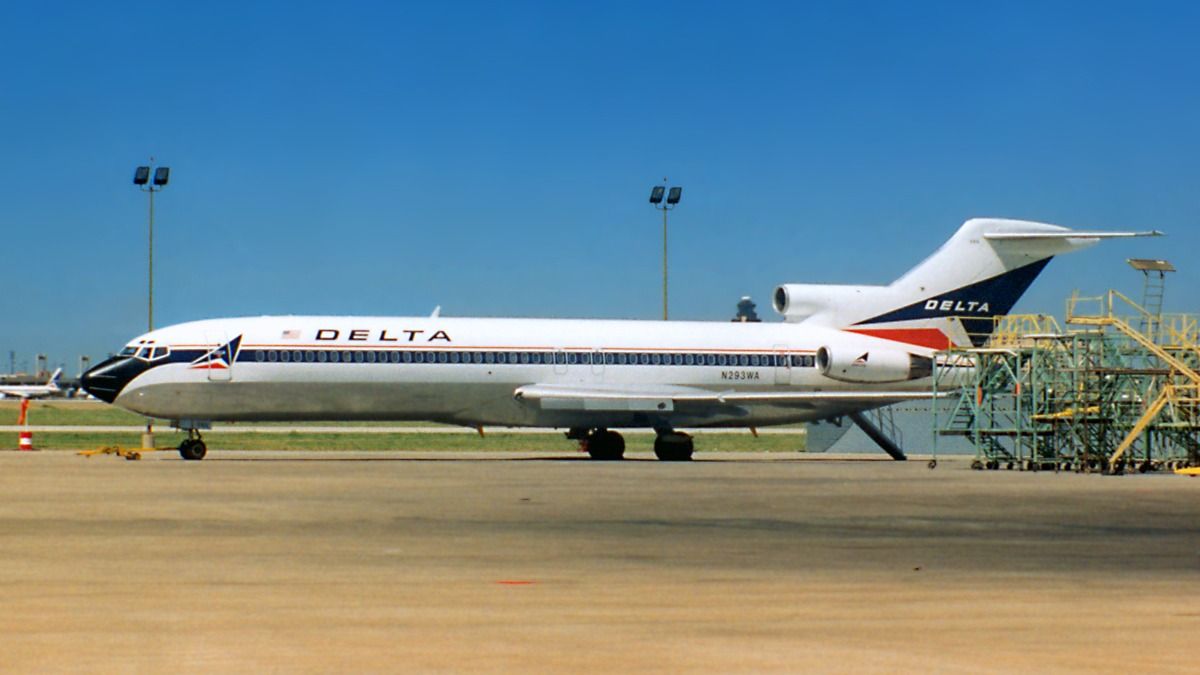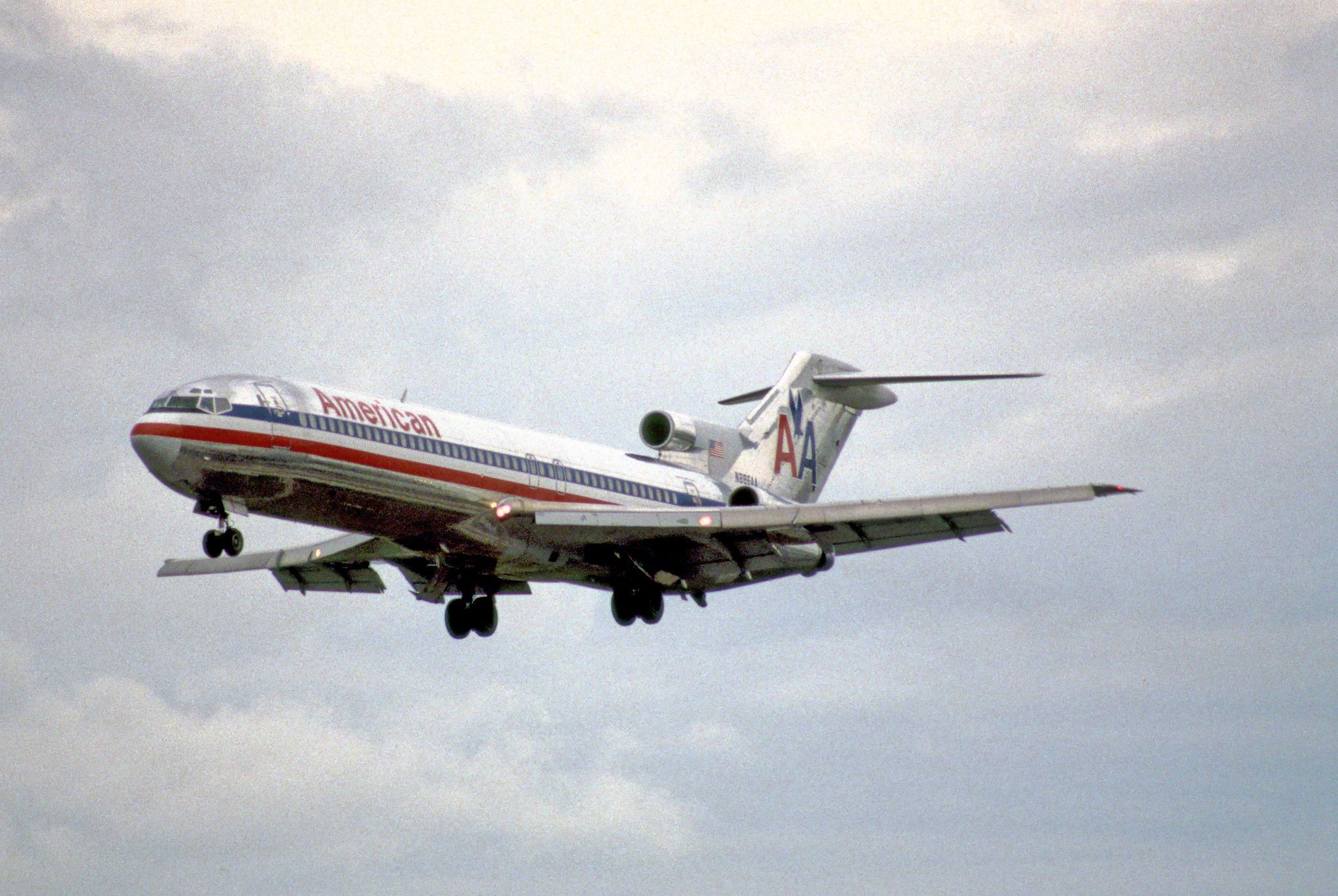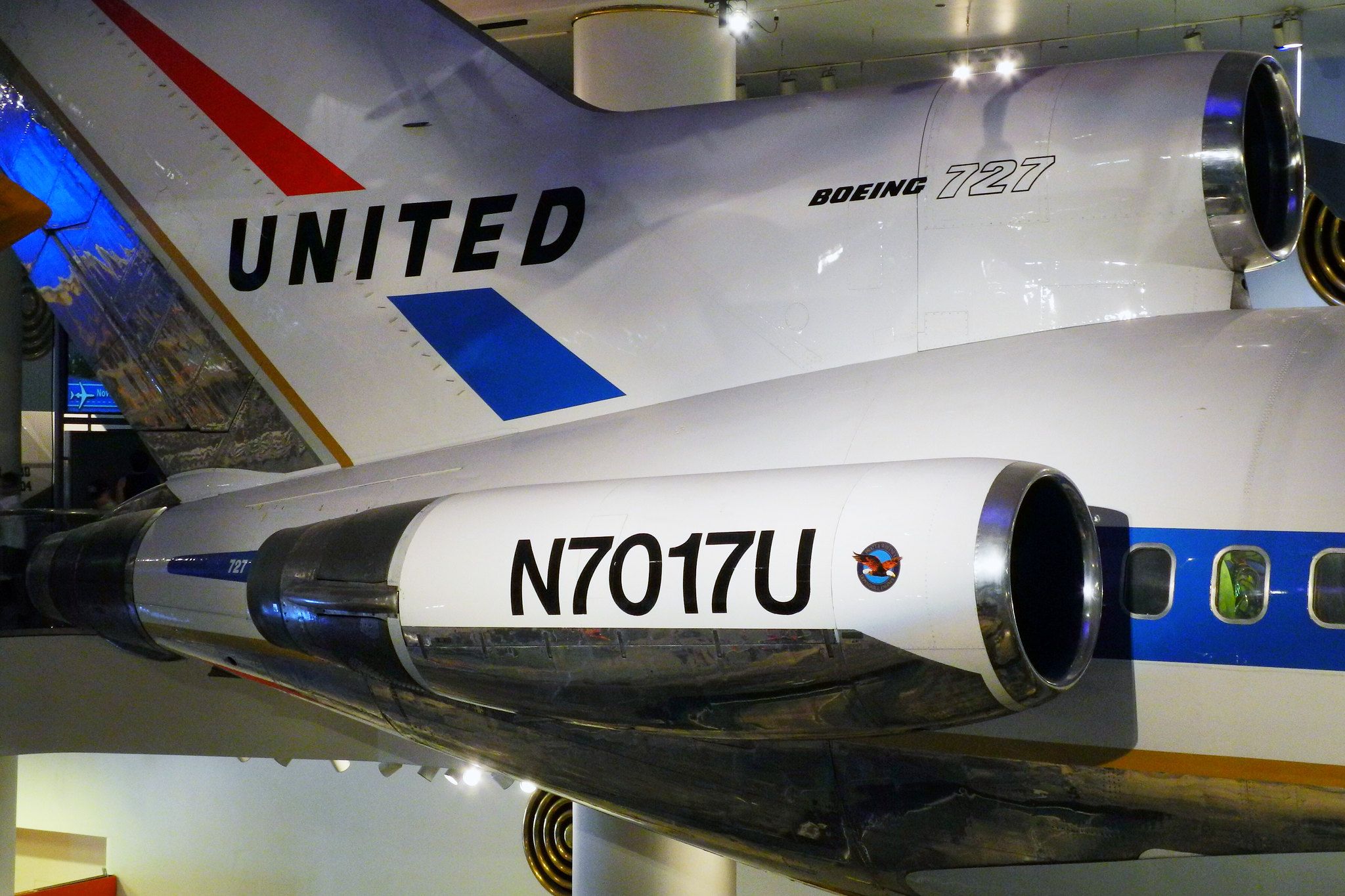Summary
- The Boeing 727 was popular due to unique features like an Auxiliary Power Unit and built-in air stairs.
- Design flaws of the flap system led to early accidents, but Boeing rectified the issue.
- Fuel inefficiency, noise, and cost led to the Boeing 727’s discontinuation in favor of the 757.
The Boeing 727-100 and 727-200 became some of Boeing’s best-selling aircraft during their production run between 1962 and 1984. Yet, as technology advanced, the jets lost their appeal. Here, we take a look at the Boeing 727 and describe how it came to be, what aircraft eventually replaced it, and why.
Following the success of the Boeing 707, the Seattle plane maker was approached by several airlines who wanted a plane that could operate from airports with shorter runways. American Airlines wanted a twin-engine aircraft for efficiency.
In contrast, United Airlines wanted a smaller version of the 707 to operate out of higher elevation airports like its hub at Denver Stapleton. Eastern Air Lines was a big player on the East Coast and the Caribbean, and, because of the 60-minute ETOPS rule, needed at least three engines to carry out its over-water flights. Ultimately, Boeing settled on a jet with three engines.
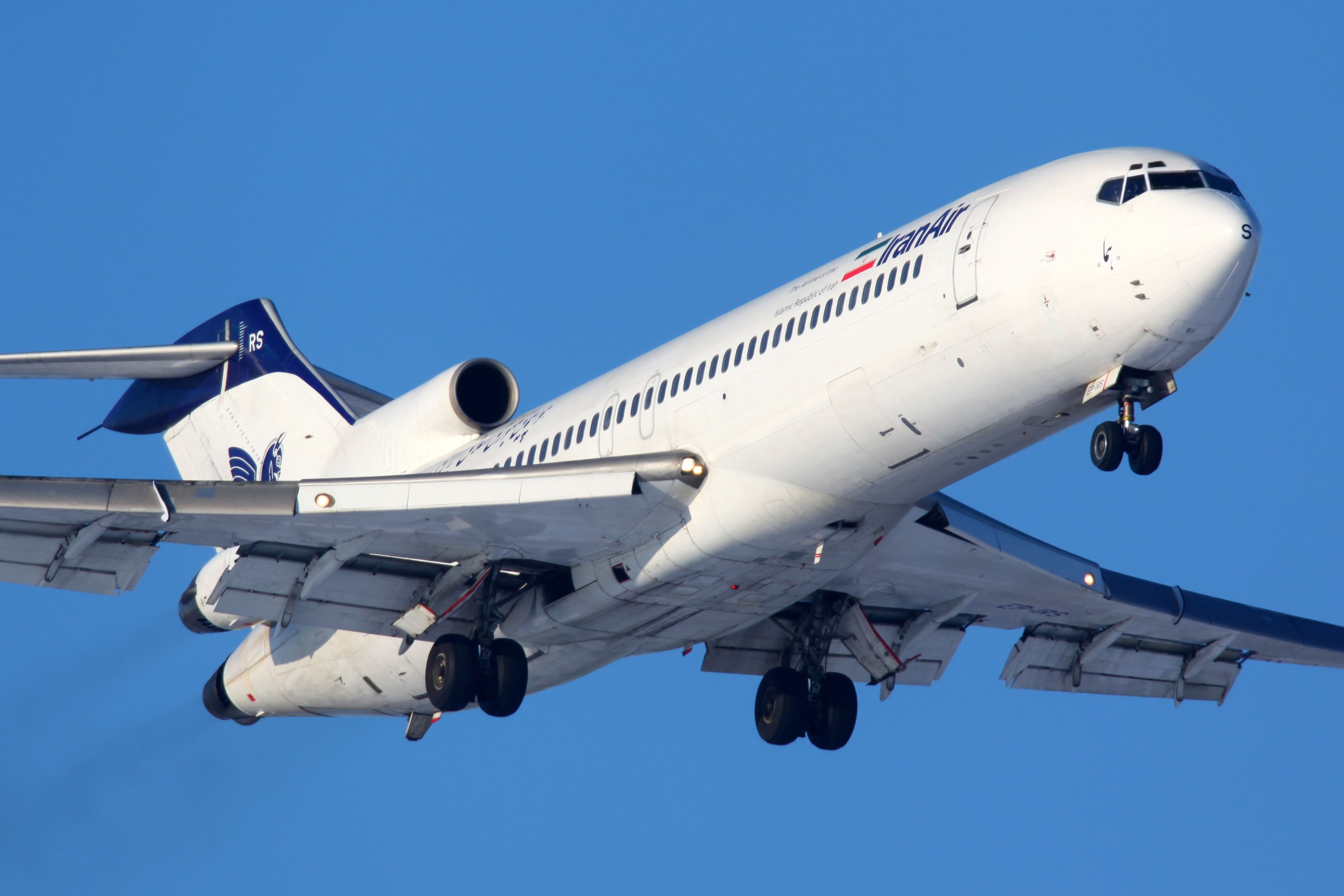
Related
The Story Of The Boeing 727’s Development
The aircraft proved popular with airlines worldwide, with more than 1,800 examples produced.
The Boeing 727 had some unique features
Knowing that the aircraft would serve smaller airports with fewer facilities and seeing the potential market in developing overseas countries, Boeing added some unique features.
At the time, other jets needed an airport Ground Power Unit (GPU) to start the engines and keep the air-conditioning running. To allow the Boeing 727 to operate independently of a GPU, engineers installed an Auxiliary Power Unit (APU) in the aircraft. They also incorporated built-in air stairs under the belly of the fuselage, negating the need for airports to provide portable stairs.
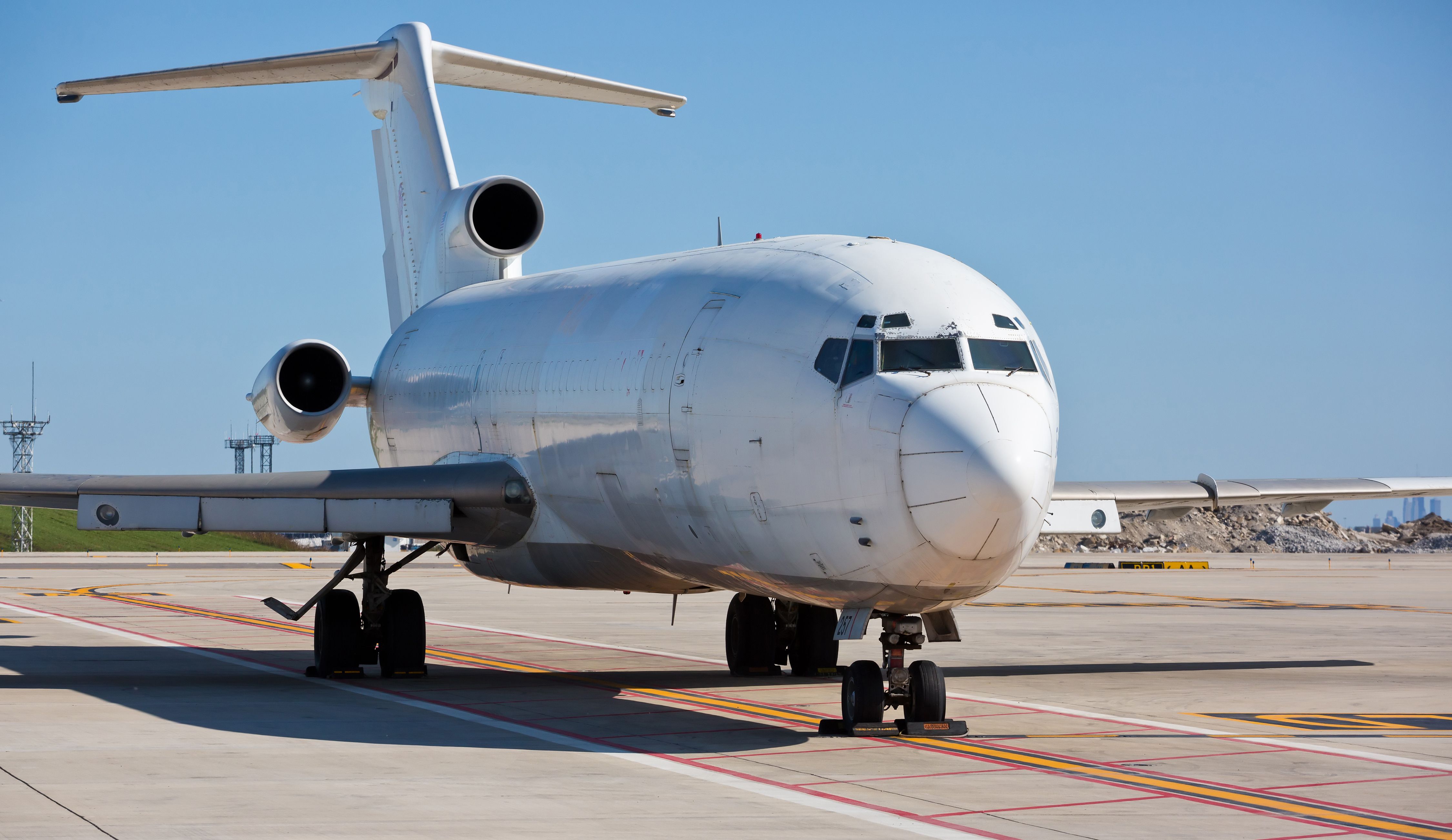
Related
What Were The Features That Made The Boeing 727 So Successful?
The trijet was one of the 20th century’s best-selling commercial aircraft.
The Boeing 727 entered service with Easter Air Lines in 1964
|
Variant |
727-100 |
727-200 |
727-200 Advanced |
|---|---|---|---|
|
Two-class seats |
106: 16F@38″, 90Y@34″ |
134: 20F@38″, 114Y@34″ |
|
|
One-class seats |
125@34″ |
155@34″ |
|
|
Exit limit |
131 |
189 |
|
|
Length |
133 ft 2 in (40.59 m) |
153 ft 2 in (46.68 m) |
|
|
Height |
34 ft 3 in (10.44 m) |
34 ft 11 in (10.65 m) |
|
|
Cabin width |
140 in (3.56 m) |
||
|
Wingspan |
108 ft (32.92 m) |
||
|
MTOW |
169,000 lb (76,700 kg) |
172,000 lb (78,100 kg) |
209,500 lb (95,100 kg) |
|
Fuel capacity |
7,680 US gal (29,069 L) |
8,090 US gal (30,620 L) |
10,585 US gal (40,060 L) |
|
Engines ×3 |
Pratt & Whitney JT8D-1/7/9 |
JT8D-7/9/11 |
JT8D-9/15/17/17R |
|
Thrust ×3 |
14,000–14,500 lbf (62–64 kN) |
14,000–15,000 lbf (62–67 kN) |
14,500–17,400 lbf (64–77 kN) |
|
Range |
2,250 NM (4,170 km; 2,590 mi) |
1,900 NM (3,500 km; 2,200 mi) |
2,550 NM (4,720 km; 2,930 mi) |
|
MMO |
Mach 0.9 (519 kn; 961 km/h; 597 mph) at 35,000 ft (11,000 m) |
||
|
Cruise |
495–518 kn (917–960 km/h; 570–596 mph) |
467–515 kn (865–953 km/h; 537–593 mph) |
|
|
Ceiling |
42,000 ft (13,000 m) |
||
The first Boeing 727-100 manufactured rolled off the assembly line on November 27, 1962, and made its maiden flight on February 9, 1963. A year later, on February 1, 1964, the aircraft entered service with Eastern Air Lines. While the plane was a game changer, it did not come without a few hurdles, including three crashes within a short time in 1965.
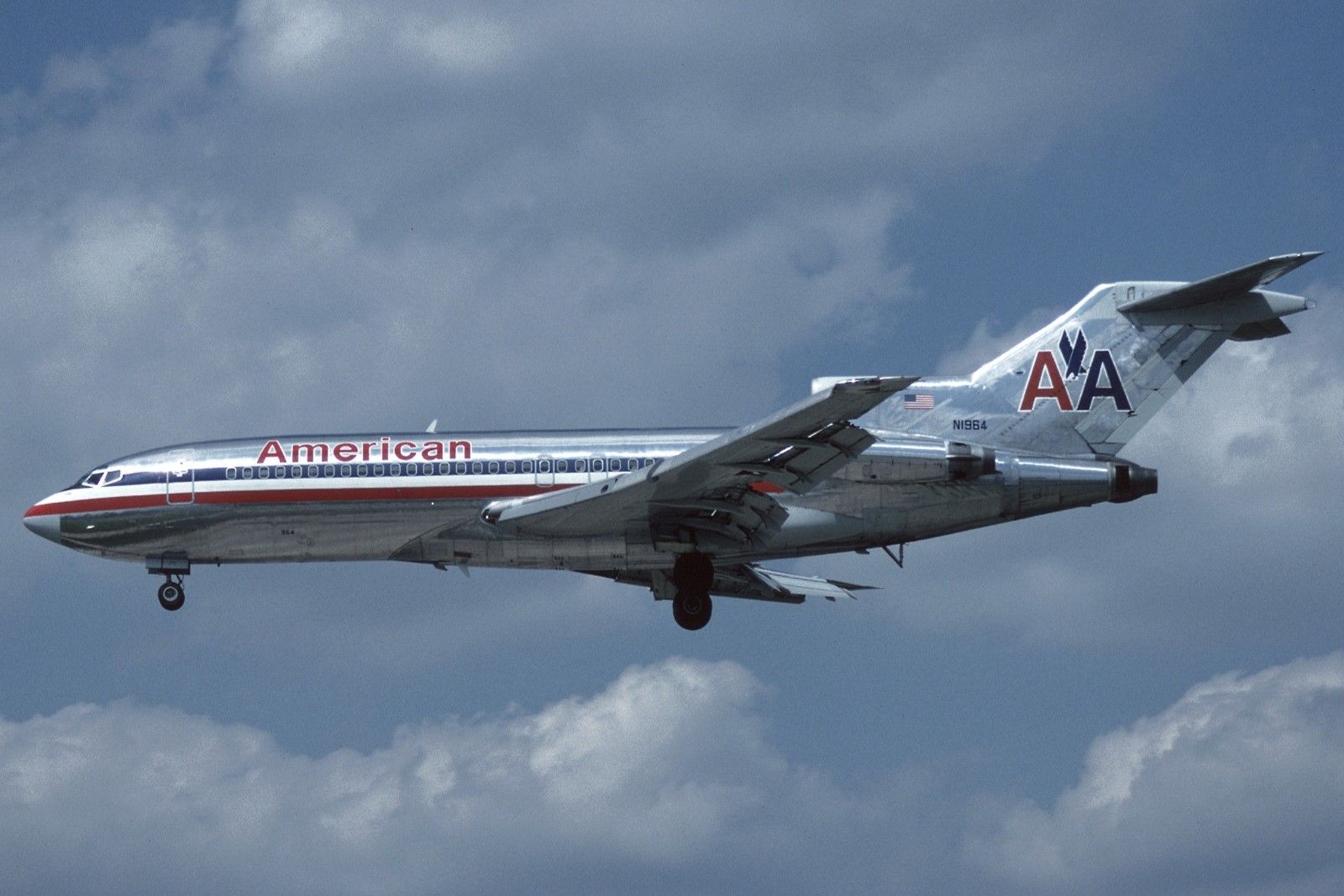
Related
American Airlines Flight 383: The Boeing 727’s Second Hull Loss
The trijet crashed in stormy conditions and low visibility.
The flap system on the 727 was designed to provide extra lift at slower speeds to enable the aircraft to descend quicker than other planes. An in-depth accident investigation by the Federal Aviation Administration (FAA) determined that all the accidents were caused by pilot error. The pilots of the crashed aircraft did not understand how to operate the flaps correctly, and when placed at 40 degrees, the increased drag gave the plane a faster sink rate. Boeing addressed the issue, and it was no longer a problem.
Twin-engine aircraft are less expensive to operate
Unlike jets flying today, the Boeing 727 had older low-bypass turbofan Pratt & Whitney JT8D jet engines, which were extremely noisy. Because of the US Noise Control Act of 1972, airlines had to fit hush kits to their existing Boeing 727s to comply with the new regulations. During the 1973 Arab-Israeli War, Middle Eastern oil-producing nations imposed an embargo on the United States because it supported Israel.
The move nearly quadrupled the price of a barrel of oil and had airlines switching to more fuel-efficient twin-engine aircraft like the Boeing 757. Also, in the 1970s, aircraft were becoming more automated, making the need for a flight engineer obsolete. In the beginning, unions fought hard to keep three people in the cockpit, but airlines wanted to alleviate the third person as it saved them a lot of money.
The reasons Boeing stopped building the Boeing 727 were:
- Fuel efficiency: They were less fuel efficient than twin-engine aircraft and were capable of carrying the same number of passengers.
- Noise: They were extremely noisy and needed dampeners fitted to comply with airport noise regulations.
- Cost: They were more expensive to operate than newer aircraft because they required a flight engineer.
In 1978, Boeing announced the Boeing 757 to replace the Boeing 727 and stopped production in 1984 after building 1,832 Boeing 727 aircraft.
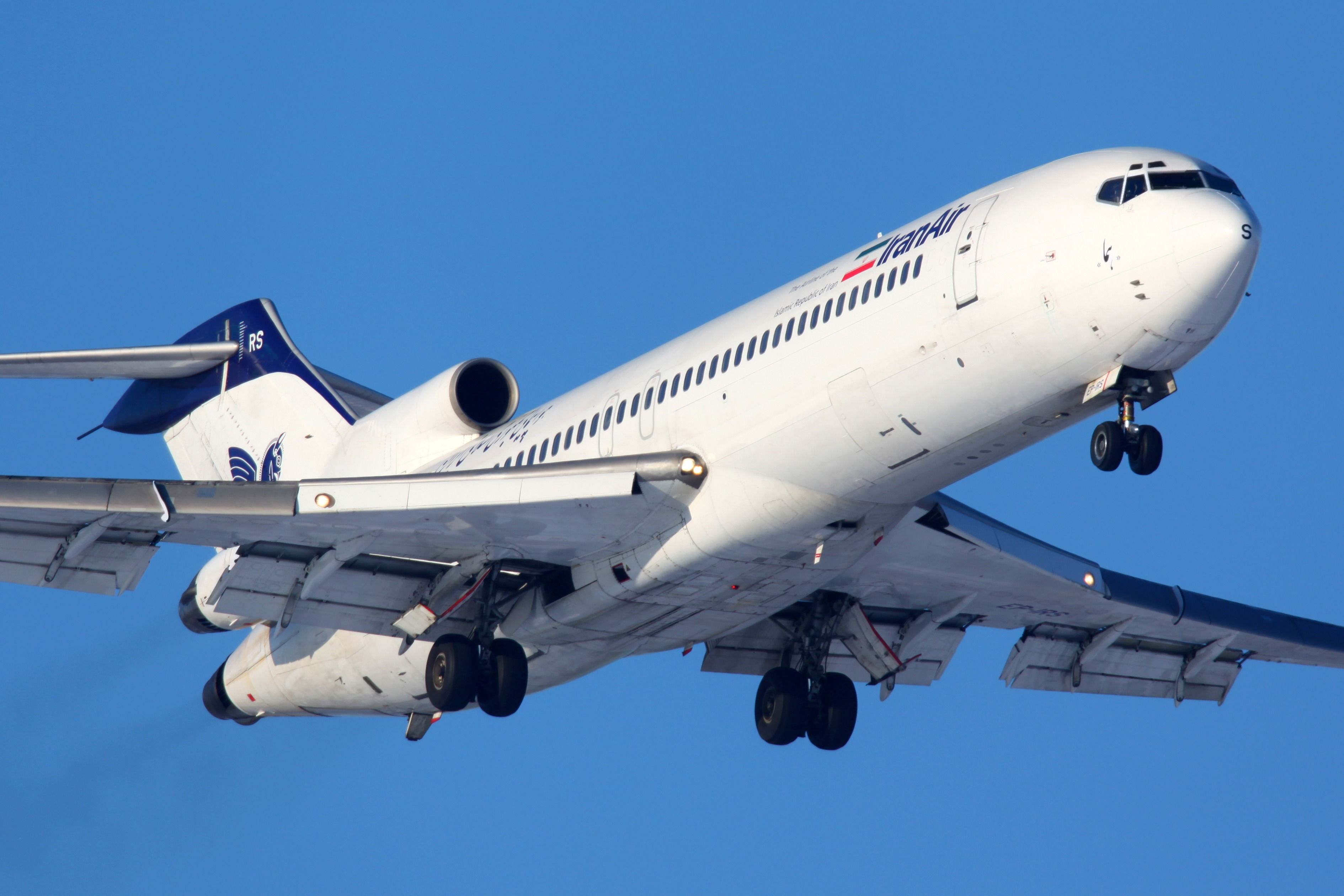
Related
The Rise & Fall Of The Boeing 727
The story of the US manufacturer’s narrowbody trijet.

